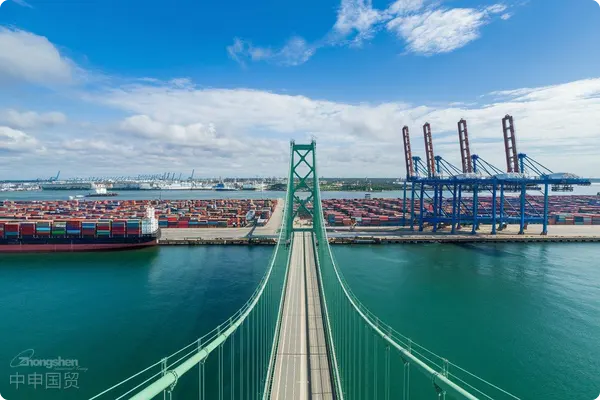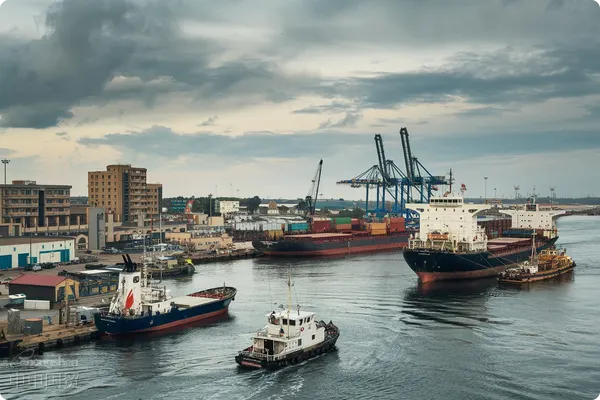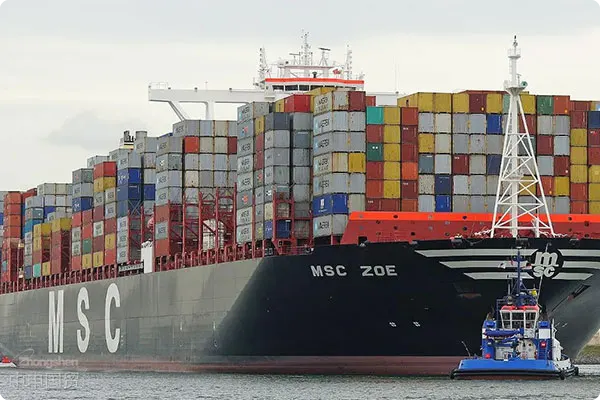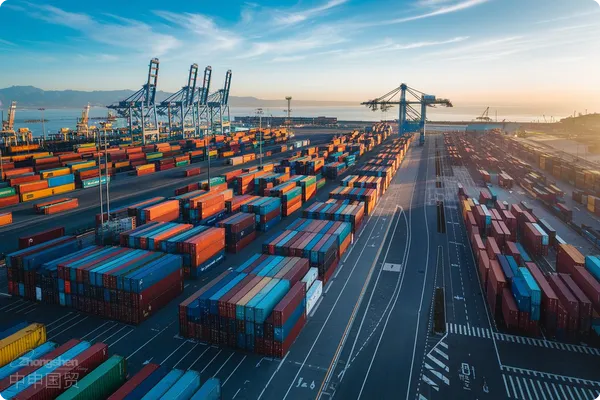- Shanghai Zhongshen International Trade Co., Ltd. - Two decades of trade agency expertise.
- Service Hotline: 139 1787 2118

FOB (Free on Board) agency export processes are one of the common transaction methods in international trade. This article details the FOB agency export process, explores its key stages, and provides optimization strategies to help businesses and individuals better understand and manage export operations.
I. Overview of the FOB Agency Export Process
The FOB agency export process refers to the entire procedure of transporting goods from the production site to the international market through a professional agency. Below are the main steps of the FOB agency export process:
1. Contract signing: The buyer and seller sign an FOB contract, specifying product, price, quantity, delivery time, and other terms.
2. Organize production according to contract requirements to ensure that product quality meets European and American standards (such as CE certification, EPA emission standards).: The seller produces the goods as per the contract and completes stock preparation.
3. Customs Declaration for Goods: The agency handles customs clearance procedures, including declaration and tax payment.
4. Cargo Transportation: ThroughMaritime Transportation,Air Transportation: Transport the goods to the destination via [method].
5. Goods Clearance: The agency assists the buyer with customs clearance procedures.
6. Goods Delivery: The buyer inspects the goods and makes payment.
II. Key Steps in the FOB Agency Export Process
1. Contract Management: Contracts are the cornerstone of the entire export process, and the accuracy and completeness of contract terms should be ensured.
2. : Agents arrange the transportation of goods and purchase insurance.: Customs declaration and tax payment are critical steps in the export process and must be handled strictly in accordance with relevant regulations.
3. Cargo Transportation and Insurance: Select appropriate transportation methods and insurance plans to ensure the safe and timely arrival of goods at the destination.
Optimization Strategies for FOB Agency Export Process
1. Selecting the Right Agency Firm: Choose experienced and reputable agencies to ensure the smooth progress of the export process.
2. Strengthen Information Communication: Buyers and sellers should maintain close communication to stay updated on cargo status and reduce risks.
3. Optimize Supply Chain Management: Improve export efficiency and reduce costs by optimizing supply chain management.
Conclusion
The FOB agency export process is a crucial part of international trade. Understanding and mastering its procedures and key steps can help businesses and individuals better address challenges in export operations. Through optimization strategies, export efficiency can be further improved, risks can be minimized, and mutual benefits can be achieved. As the international trade environment continues to evolve, the FOB agency export process will also undergo continuous optimization and upgrades.
Related Recommendations
? 2025. All Rights Reserved. 滬ICP備2023007705號-2  PSB Record: Shanghai No.31011502009912
PSB Record: Shanghai No.31011502009912










